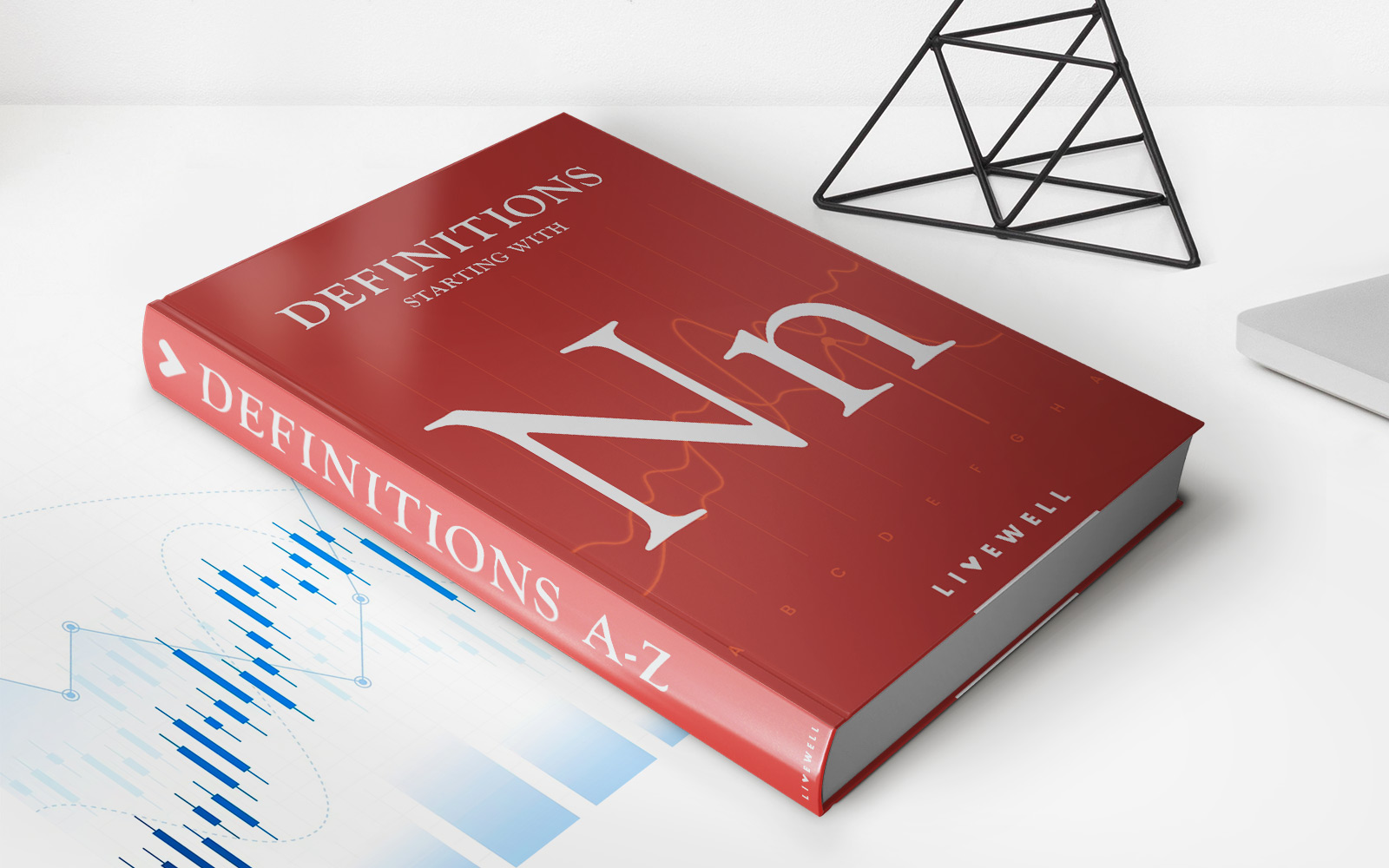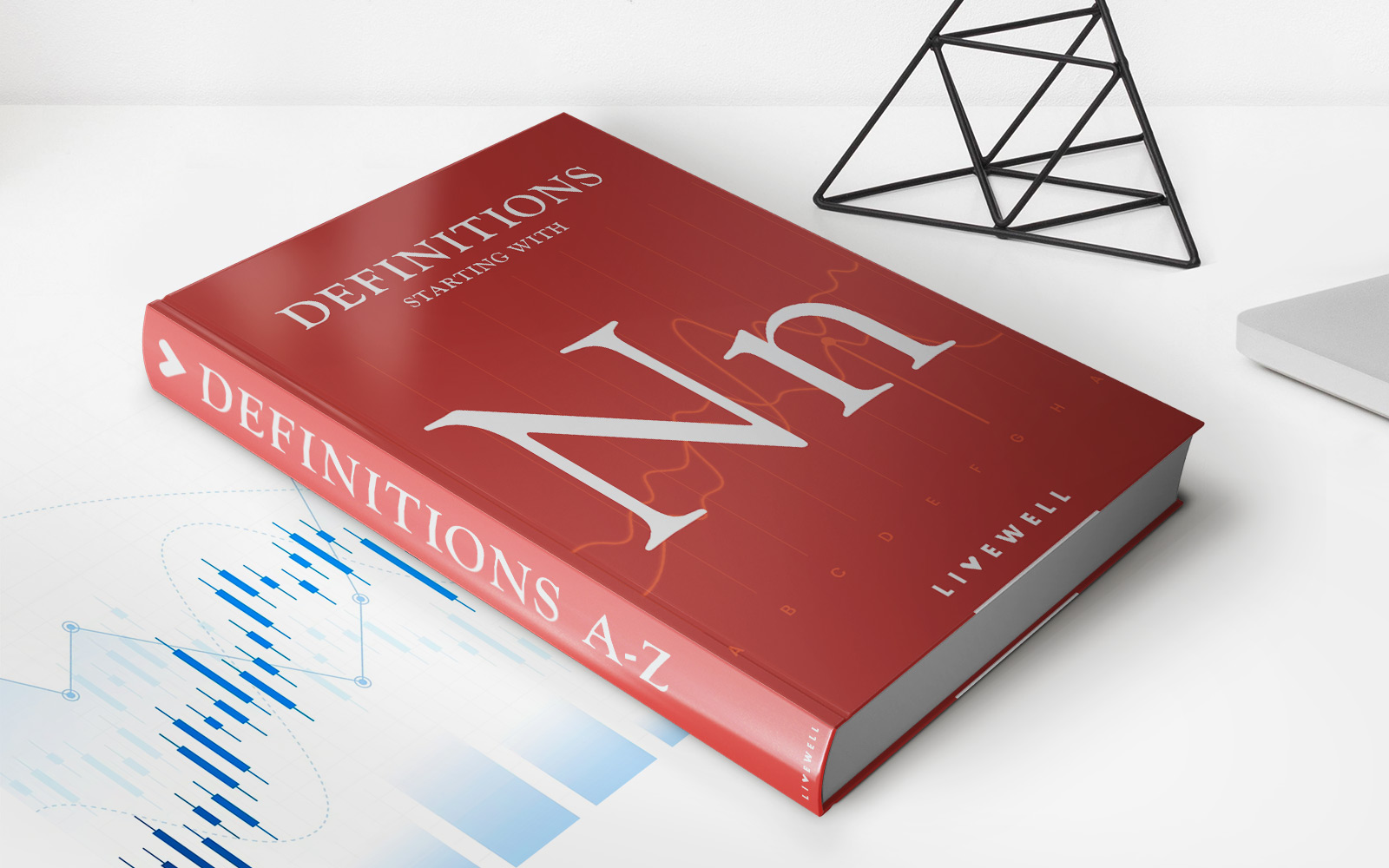Home>Finance>Netting: Definition, How It Works, Types, Benefits, And Example


Finance
Netting: Definition, How It Works, Types, Benefits, And Example
Published: December 30, 2023
Learn about the definition, workings, types, benefits, and examples of netting in finance. Explore how netting can streamline financial transactions and optimize efficiency.
(Many of the links in this article redirect to a specific reviewed product. Your purchase of these products through affiliate links helps to generate commission for LiveWell, at no extra cost. Learn more)
Netting: Definition, How It Works, Types, Benefits, and Example
Have you ever wondered how financial institutions manage their complex transactions to minimize risk and streamline processes? Enter netting, an essential concept in the world of finance. In this blog post, we will explore everything you need to know about netting, including its definition, how it works, its different types, benefits, and provide you with a real-life example. So, let’s dive in and unravel the mysteries of netting!
Key Takeaways:
- Netting is a process in finance that consolidates mutual liabilities between parties to simplify the settlement process.
- There are two main types of netting: bilateral netting, which involves two parties, and multilateral netting, which involves multiple parties.
Definition of Netting:
Netting in finance refers to the process of consolidating mutual obligations between parties in order to simplify the settlement process. It allows financial institutions to offset the value of their mutual liabilities, resulting in a reduced amount that needs to be exchanged.
How Netting Works:
Let’s understand the process of netting using a simple example. Suppose Company A owes $100 to Company B, and Company B owes $80 to Company A. In a netting arrangement, instead of companies exchanging the full amounts, they offset their obligations. Here’s how it would work:
- Step 1: Company A subtracts its obligation to Company B ($100) from the amount Company B owes it ($80). The result is that Company A only has to pay $20 to Company B.
- Step 2: Company B subtracts its obligation to Company A ($80) from the amount Company A owes it ($100). The result is that Company B only has to pay $20 to Company A.
By using netting, both companies can settle their obligations with a reduced cash outflow. Instead of exchanging $180, they only need to exchange $40, resulting in significant cost savings and operational efficiency.
Types of Netting:
There are two main types of netting:
- Bilateral Netting: This type of netting involves two parties, typically seen in agreements between banks or other financial institutions. It allows the consolidation of obligations between the two parties, reducing settlement complexities.
- Multilateral Netting: In this type of netting, multiple parties are involved in consolidating their obligations. It is commonly used in large organizations with subsidiaries or affiliates in different locations, streamlining the settlement process.
Benefits of Netting:
The use of netting offers several benefits, including:
- Reduced Risk: Netting reduces the exposure to credit risk by offsetting obligations. It minimizes the chance of default and simplifies the settlement process.
- Cost Savings: By consolidating obligations, netting reduces the amount of cash that needs to be exchanged, resulting in cost savings for the parties involved.
- Operational Efficiency: Netting streamlines the settlement process, making it faster and more efficient. It reduces administrative efforts and improves overall operational effectiveness.
Netting Example:
Let’s consider a multinational corporation with subsidiaries in different countries. Each subsidiary sends invoices to the parent company, and the parent company needs to settle these invoices. Instead of making multiple payments to each subsidiary, the company can use netting.
The parent company aggregates the total amount it owes each subsidiary and offsets it against the amount each subsidiary owes to the parent company. This allows the company to consolidate its obligations and make a single payment to cover all the subsidiary invoices, streamlining the process and reducing costs.
Overall, netting proves to be invaluable in the world of finance, providing a mechanism to simplify settlement processes, reduce risk, and improve operational efficiency. By understanding netting and its various types and benefits, financial institutions can make informed decisions to optimize their operations.
For more informative content on finance and other related topics, stay tuned to our blog.














